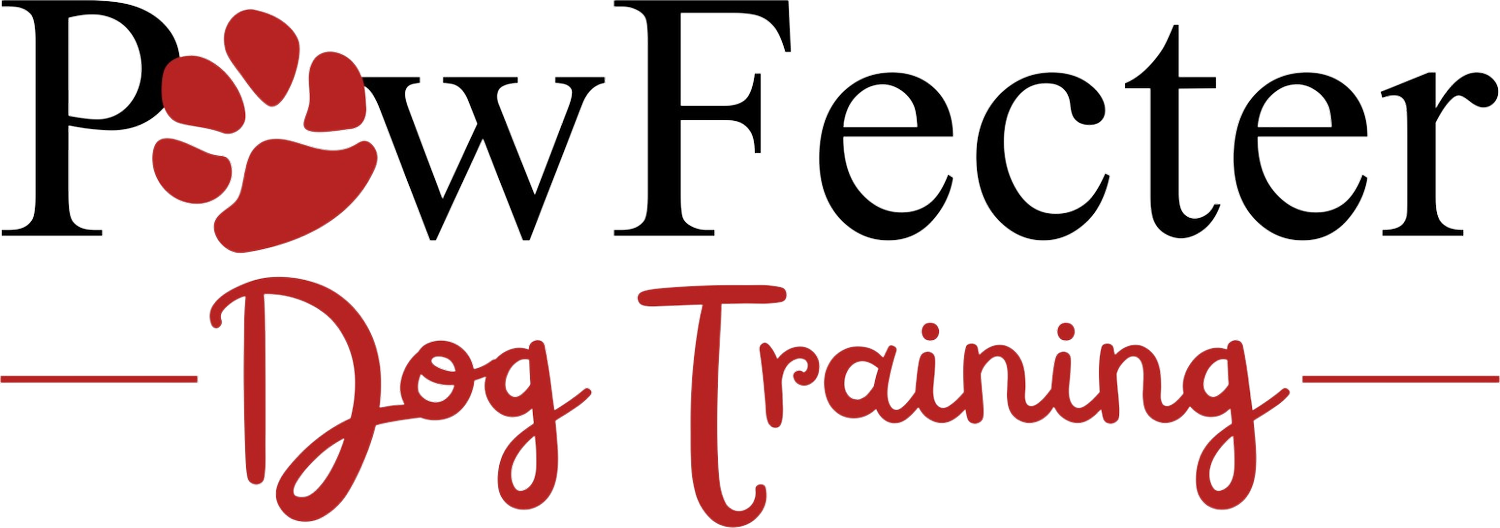Spines of Steel: Celebrating the Remarkable Backs of Our Canine Companions
As any dog owner knows, our four-legged friends are remarkably agile and athletic creatures, capable of feats of strength, speed, and flexibility that can leave us humans in awe. At the heart of this remarkable canine mobility is the dog's back - a complex and intricate structure that serves as the literal and figurative backbone of our beloved companions.
The Anatomy of a Dog's Backbone
A dog's back is composed of a series of vertebrae, the small bones that make up the spinal column. These vertebrae are divided into five distinct regions: the cervical (neck), thoracic (chest), lumbar (lower back), sacral (pelvis), and caudal (tail) vertebrae. Each of these vertebrae is connected by intervertebral discs, which act as shock absorbers and allow for the flexibility and range of motion that enables dogs to move with such grace and agility. Surrounding the vertebrae are a network of muscles, tendons, and ligaments that work in concert to provide stability, support, and power to the dog's movements.
Interestingly, the specific anatomy of a dog's back can vary significantly depending on the breed. For example, Dachshunds, with their exceptionally long backs and small legs, are more prone to back problems due to this unique skeletal structure.
Common Back Problems in Dogs
Despite the remarkable resilience of a dog's back, these vital structures are not immune to a variety of health problems and injuries. Some of the most common issues include intervertebral disc disease, spinal trauma, arthritis, muscle strains and sprains, and even infections. These back problems can manifest in a variety of ways, from changes in gait and posture to sudden yelps of pain and general lethargy.
Caring for a Dog's Backbone
Given the vital importance of a dog's back, it's essential that owners take proactive steps to maintain the health and well-being of this essential structure. Encouraging low-impact exercise, providing appropriate bedding, monitoring weight, seeking prompt veterinary care, and considering complementary therapies can all help ensure that our canine companions remain active, comfortable, and able to enjoy all the joys of life.
The Emotional Toll of Back Problems
While the physical impacts of back problems in dogs are undoubtedly significant, the emotional toll on both the dog and their owner should not be overlooked. The loss of a beloved companion due to a debilitating back condition can be truly devastating, serving as a poignant reminder of the deep bond that can form between humans and their canine friends.
Spines of Steel: A Celebration of Canine Backs
The back of a dog is a remarkable and complex structure, serving as the literal and figurative backbone of our four-legged friends. From enabling their remarkable agility and athleticism to providing vital support and protection, a dog's back is an essential component of their overall health and well-being. By understanding the anatomy of a dog's back, recognizing the common issues that can arise, and implementing proactive care strategies, we can help ensure that our canine companions remain healthy, active, and able to enjoy all the joys of life. Ultimately, the care and well-being of a dog's back is not just a physical concern, but an emotional one as well, as we strive to provide our beloved pets with the compassionate support they deserve.

